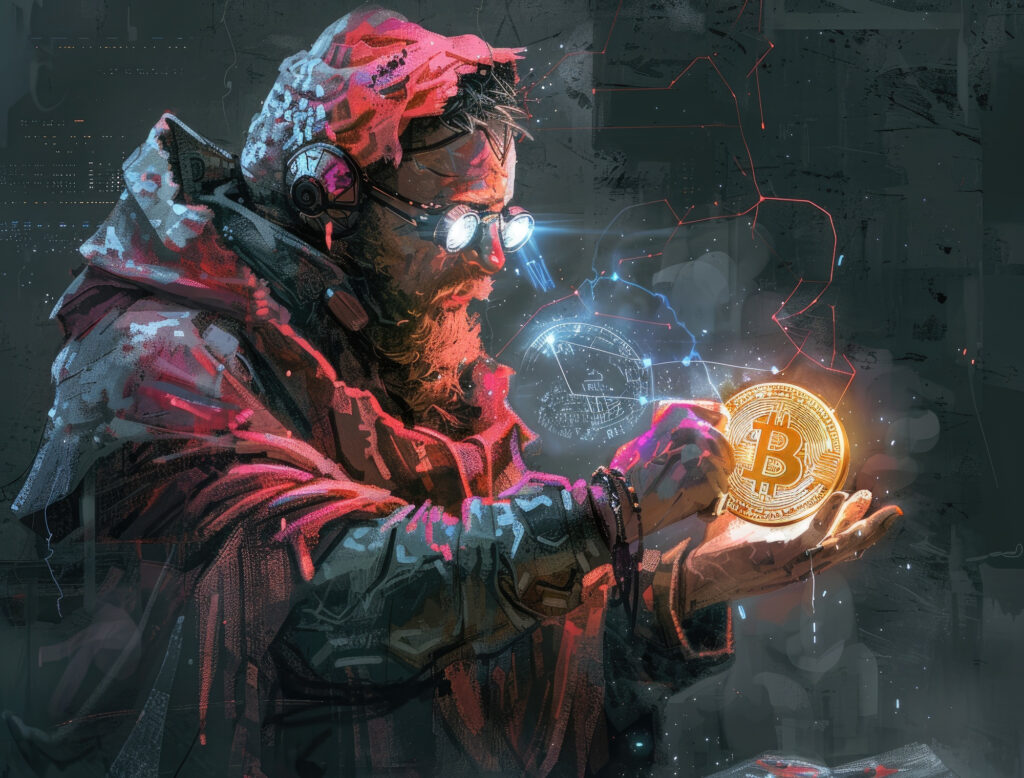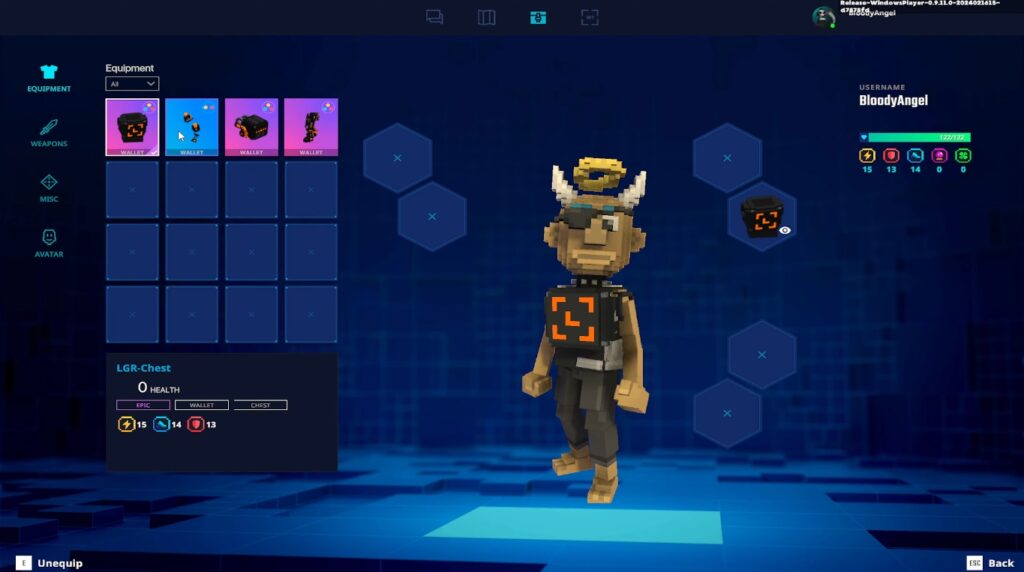The advent of blockchain technology has revolutionized various sectors, and the gaming industry is no exception. Crypto Game Create is at the forefront of this transformation, leveraging blockchain to create decentralized virtual economies that empower players and developers alike. This article delves into the mechanics of blockchain in gaming, explores real-world examples, and discusses the implications for future game development.

The Mechanics of Blockchain in Gaming
Blockchain technology operates on a decentralized ledger system, which ensures transparency, security, and immutability. In the context of gaming, this means that in-game assets can be tokenized as non-fungible tokens (NFTs), allowing players to truly own their digital items. Unlike traditional gaming models where assets are confined to a single platform, blockchain enables interoperability across different games and platforms.
Tokenization of In-Game Assets
Tokenization refers to the process of converting physical or digital assets into a digital token on a blockchain. In gaming, this allows for the creation of unique, tradable items that players can buy, sell, or trade on various marketplaces. For instance, Axie Infinity, a blockchain-based game, allows players to breed, raise, and battle creatures called Axies. Each Axie is an NFT, and players can sell them on the Axie Marketplace. As of October 2023, Axie Infinity has generated over $4 billion in sales, showcasing the potential of tokenized assets in gaming (DappRadar, 2023).
Decentralized Economies
Decentralized economies in gaming are characterized by player-driven markets where the value of in-game assets is determined by supply and demand rather than a centralized authority. This shift empowers players, as they can earn real-world value from their in-game activities. For example, in Decentraland, a virtual reality platform powered by Ethereum, users can buy, sell, and develop parcels of virtual land. The platform’s native currency, MANA, has seen significant fluctuations, with a market cap exceeding $1 billion as of September 2023 (CoinMarketCap, 2023).
Real-World Examples of Crypto Game Create
Axie Infinity
As previously mentioned, Axie Infinity has become a benchmark for blockchain gaming. Players can earn tokens (AXS and SLP) through gameplay, which can be traded on various exchanges. The game’s play-to-earn model has attracted millions of players, particularly in developing countries where individuals can earn a living by playing the game. According to a report by NonFungible.com, Axie Infinity accounted for 25% of the total NFT market in 2021, highlighting its dominance in the space (NonFungible.com, 2021).
Decentraland
Decentraland offers a unique blend of virtual reality and blockchain technology. Users can create, experience, and monetize content and applications. The platform’s economy is driven by MANA, which is used for transactions within the virtual world. In 2022, Decentraland hosted a virtual fashion week, attracting major brands like Gucci and Dolce & Gabbana, further solidifying its position as a leader in the metaverse space (FashionUnited, 2022).
The Sandbox
The Sandbox is another notable example of a blockchain-based gaming platform that allows users to create, own, and monetize their gaming experiences. The platform utilizes the SAND token for transactions and has partnered with major brands like Atari and Square Enix to create unique gaming experiences. As of October 2023, The Sandbox has raised over $93 million in funding, indicating strong investor confidence in the potential of blockchain gaming (The Sandbox, 2023).

A Sandbox raised US$93 million, proving the potential of blockchain gaming.
Implications for Game Development
New Revenue Models
The integration of blockchain technology in gaming introduces new revenue models for developers. Traditional games often rely on upfront purchases or in-game microtransactions. However, with blockchain, developers can create play-to-earn models where players can earn tokens through gameplay. This not only incentivizes player engagement but also creates a sustainable economy within the game.
Community Engagement and Governance
Blockchain gaming fosters a sense of community and player governance. Many blockchain games implement decentralized autonomous organizations (DAOs) that allow players to vote on game development decisions, updates, and economic policies. This level of engagement can lead to a more loyal player base and a thriving ecosystem. For instance, the community-driven governance model in Axie Infinity has allowed players to influence the game’s direction significantly.
Challenges and Considerations
Despite the promising potential of blockchain in gaming, several challenges must be addressed. Scalability remains a significant concern, as many blockchain networks struggle to handle high transaction volumes. For example, Ethereum’s gas fees can become prohibitively expensive during peak times, impacting the user experience. Additionally, regulatory uncertainties surrounding cryptocurrencies and NFTs pose risks for developers and players alike.
Future Trends in Blockchain Gaming
Interoperability
As the blockchain gaming ecosystem matures, interoperability between different games and platforms will become increasingly important. Players will expect to transfer their assets seamlessly across various games, creating a more cohesive gaming experience. Projects like Polkadot and Cosmos are working towards enabling cross-chain compatibility, which could revolutionize how players interact with multiple games.
Enhanced User Experience
Future blockchain games will likely focus on enhancing user experience through improved graphics, gameplay mechanics, and user interfaces. As technology advances, developers will be able to create more immersive experiences that leverage the unique capabilities of blockchain, such as provably rare items and decentralized economies.
Integration of AI and Machine Learning
The integration of artificial intelligence (AI) and machine learning into blockchain gaming could lead to more dynamic and personalized gaming experiences. AI can analyze player behavior and preferences, allowing for tailored content and gameplay that adapts to individual players. This could enhance player retention and satisfaction, driving the success of blockchain games.
Conclusion
Crypto Game Create is transforming the landscape of virtual economies through the innovative application of blockchain technology. By enabling true ownership of in-game assets, fostering decentralized economies, and introducing new revenue models, blockchain gaming is poised for significant growth. As developers continue to explore the potential of this technology, the future of gaming will likely be characterized by enhanced player engagement, community governance, and immersive experiences. The journey is just beginning, and the possibilities are limitless.
In summary, the integration of blockchain technology in gaming not only empowers players but also creates new opportunities for developers. As the industry evolves, it is crucial for stakeholders to navigate the challenges and embrace the innovations that blockchain offers to shape the future of gaming.

